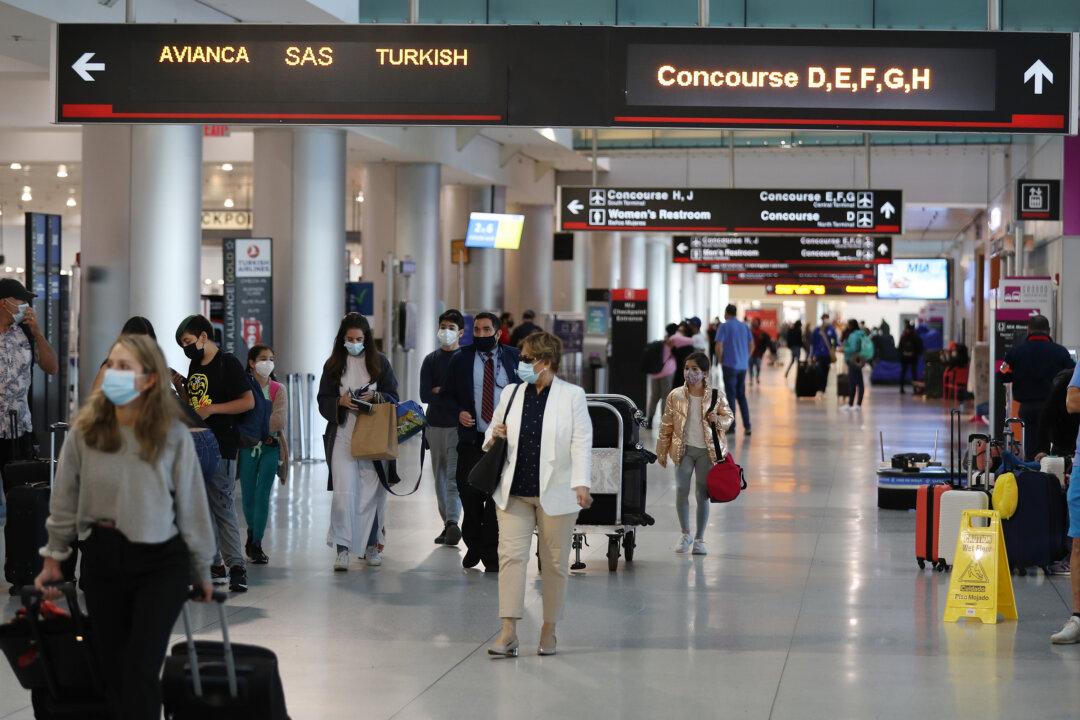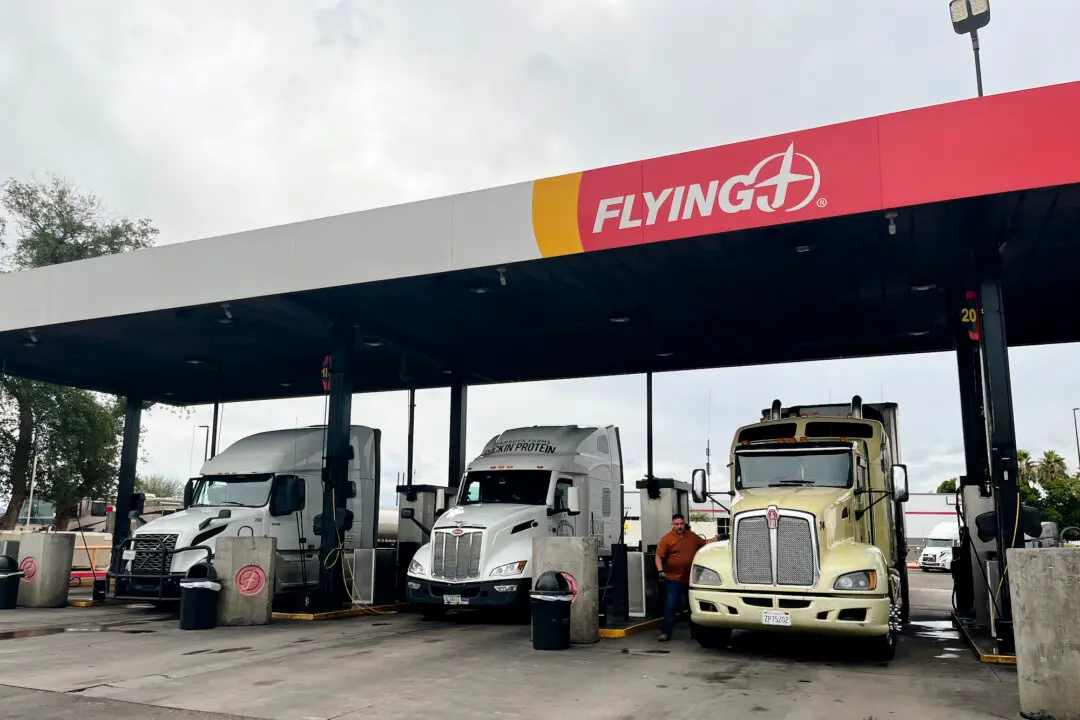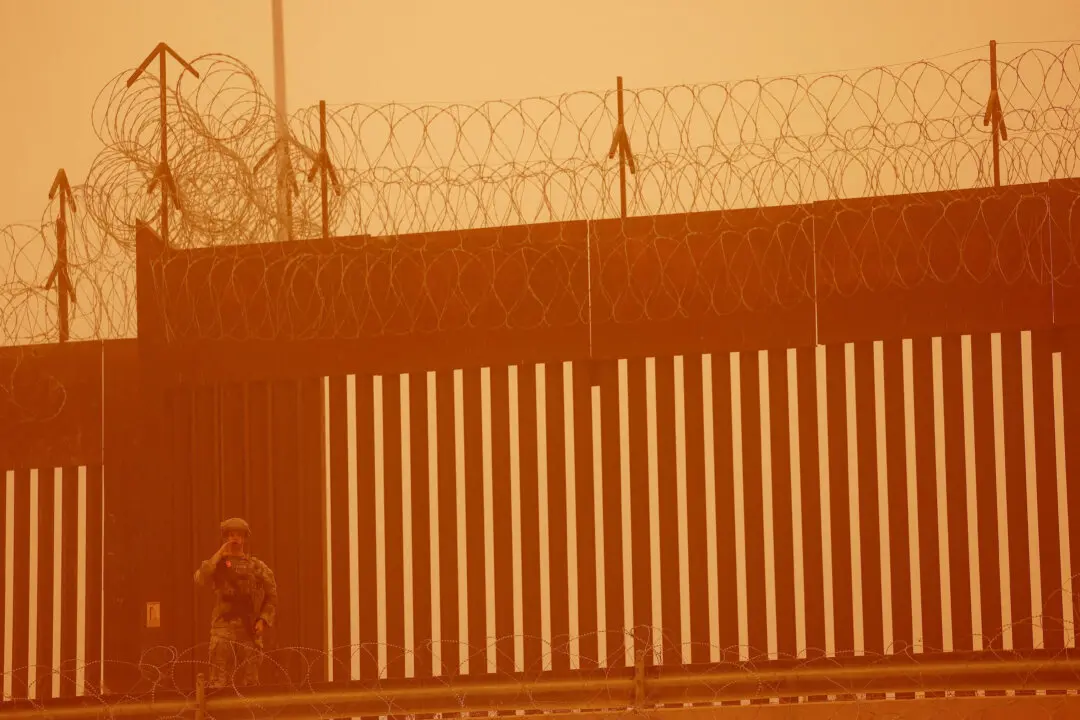The Biden administration has released its plan to cut carbon emissions—including calls to decrease travel demand and lower emissions—by finding ways for Americans to stay home.
“Remote work and virtual interactions can provide a viable alternative to daily commute requirements for some people,” the blueprint stated. The plan claims that “connectivity, automation and sharing” could play a part in changing the “future of mobility.”





